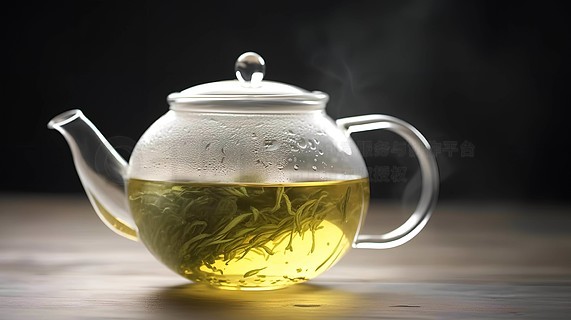Green tea, a beloved beverage cherished worldwide for its delicate flavor and numerous health benefits, has a rich history that spans centuries. Over time, the processing of green tea has evolved significantly, giving rise to both traditional methods and modern techniques. Each approach has its unique characteristics, influencing the final product’s quality, taste, and market appeal.

Traditional Green Tea Processing: A Labor of Love
Traditional green tea processing is deeply rooted in history and cultural heritage. It is a meticulous, labor-intensive process that relies heavily on human skill and experience. The journey from tea leaf to cup begins with careful picking, where only the tenderest leaves and buds are selected. This step is crucial as it sets the foundation for the tea’s quality.
Once picked, the leaves undergo a series of steps designed to preserve their natural essence. Withering, the first step, involves spreading the leaves out to reduce moisture content and enhance their flexibility. This is followed by pan-firing or steaming, a critical step known as killing the green. This process halts oxidation by deactivating enzymes through high heat, ensuring the leaves retain their vibrant green color and fresh flavor.
Next, the leaves are rolled or twisted to break down cell walls, releasing their natural oils and enhancing their aroma. Finally, the tea is dried to remove any remaining moisture, stabilizing its flavor and aroma for long-term storage.
Traditional processing methods prioritize the tea’s natural characteristics, resulting in a product that is rich in flavor, aroma, and antioxidants. However, this method is time-consuming and requires significant human effort, making it less efficient for large-scale production.
Modern Green Tea Processing: Efficiency and Consistency
In contrast to traditional methods, modern green tea processing leverages advanced technology to enhance efficiency and consistency. Mechanization plays a key role, from harvesting to packaging. Tea plucking machines can quickly harvest large quantities of leaves, though some argue that this may compromise the selectivity of hand-picking.
Modern processing techniques also employ sophisticated equipment for killing the green, rolling, and drying. These machines can precisely control temperature, humidity, and processing times, ensuring uniform quality across batches. Some facilities even use freeze-drying or vacuum packaging to preserve the tea’s freshness and extend its shelf life.
Furthermore, modern technology has enabled the development of green tea extracts and powdered green tea, which are used in a variety of products, from beverages to cosmetics. These innovations have broadened the market for green tea, making it accessible to a wider audience.
The Debate: Tradition vs. Modernity
The debate between traditional and modern green tea processing often centers on quality versus efficiency. Purists argue that traditional methods produce a superior product, with a more complex flavor profile and higher concentrations of beneficial compounds. They believe that the human touch and attention to detail in traditional processing cannot be replicated by machines.
On the other hand, proponents of modern techniques highlight their efficiency, consistency, and scalability. Modern processing allows for larger production volumes, making green tea more affordable and accessible. It also enables the creation of new products and formats, catering to changing consumer preferences.
Conclusion: A Harmonious Blend
In reality, the best approach may lie somewhere in between. Many tea producers today are finding ways to blend traditional craftsmanship with modern technology. For instance, they may use machines for initial processing steps to ensure efficiency, while retaining manual sorting and finishing touches to preserve the tea’s unique character.
Ultimately, whether one prefers the nuanced flavors of traditionally processed green tea or the convenience and consistency of modern techniques, the love for this timeless beverage continues to thrive. As technology advances and consumer preferences evolve, the world of green tea is sure to see even more exciting innovations, ensuring that this ancient drink remains relevant and cherished for generations to come.



